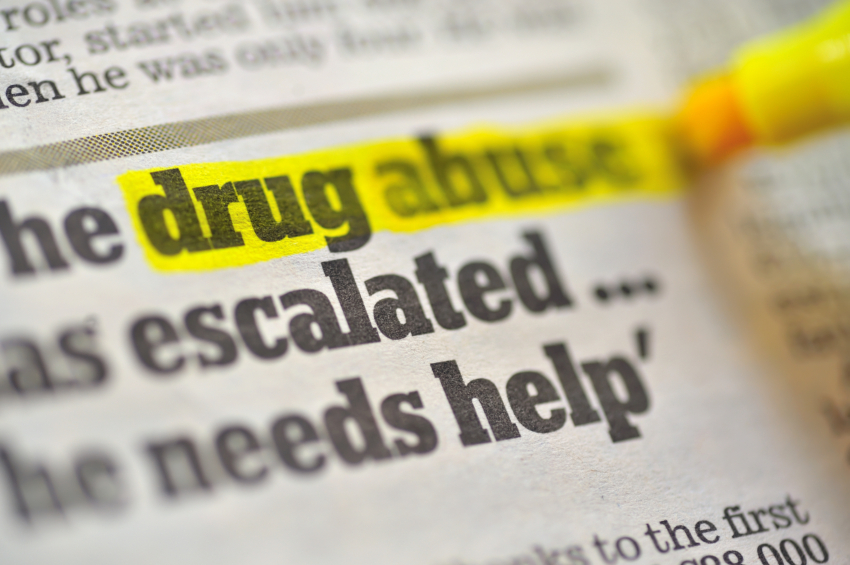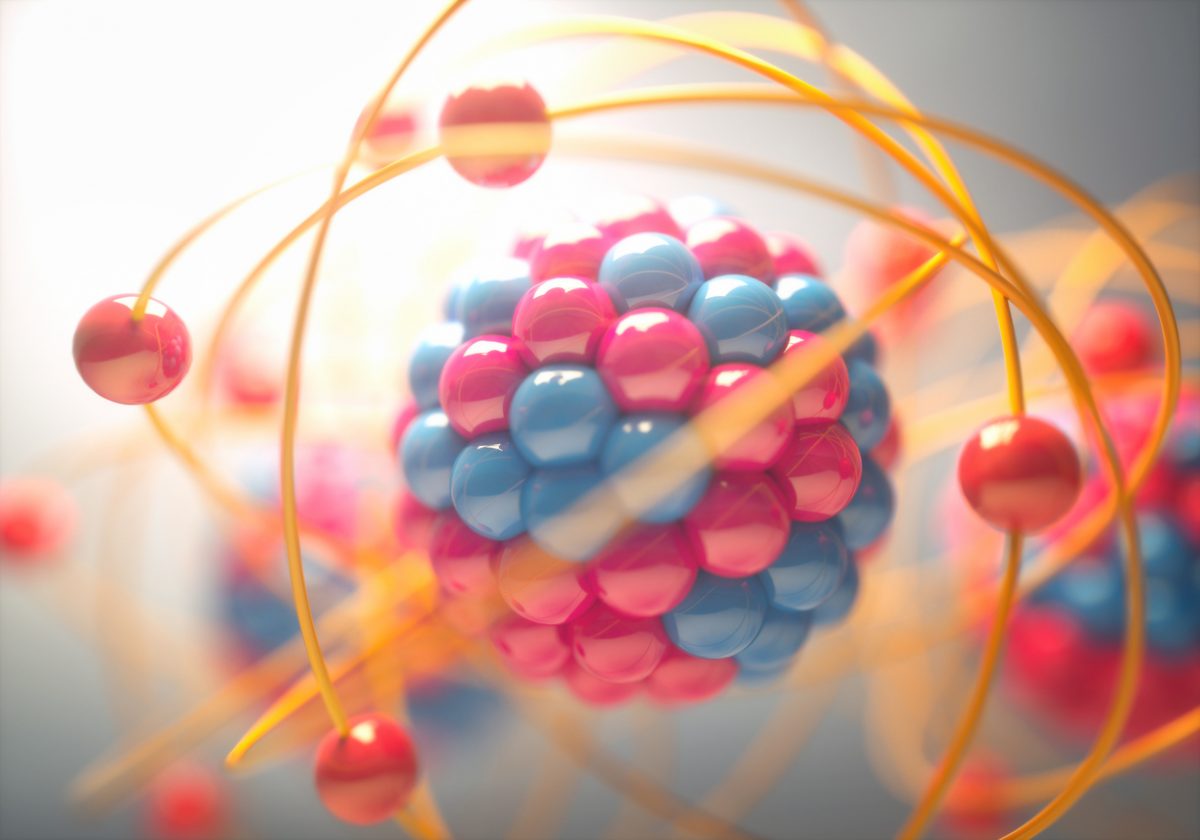
The idea behind mixing alcohol and drugs is usually to “improve” on a user’s experience. Experimenting with drug combinations might lead to new highs, or ways to deal with a drug’s immediate negative “comedown” effects. However, in reality, mixing alcohol with other drugs only serves to create an extremely dangerous and very potent combination, landing you in the ER or worse.
Knowing how alcohol interacts with different drugs may help give you an idea of why you should never mix booze and pills.
How Alcohol And Xanax Mix
Perhaps the deadliest combination on the list, alcohol mixed with sedatives or anti-anxiety drugs (benzodiazepines) like Xanax or Valium creates an extremely powerful sedation effect that not only potentially knocks you out, but also slows down your breathing and negates your coughing reflex, rendering you unable to breathe and unable to cough up vomit or any other blockage.
This is because alcohol and sedatives are extremely similar. Both are depressants, which means they have a calming and sedating effect on the body and the brain, lowering inhibition, slurring speech, and slowing down breathing.
Because they both require the same enzymes to be properly metabolized, the use of both sedatives and alcohol causes each substance to spend much more time in the user’s bloodstream, greatly amplifying the effects of each drug. In other words, a “normal” dose of alcohol mixed with a “normal” dose of Xanax is much more powerful than each drug individually.
Beyond using the same enzymes in the liver and causing the same sedative effects, using multiple drugs at once – also known as polydrug use – greatly amplifies your chances of struggling with multiple addictions.
How Booze And Opiates Kill
While alcohol and sedatives are extremely dangerous, they’re abused as often as opioids and booze are. Prescription painkillers (or opioids) are natural or synthetic derivatives of opium. Heroin, another commonly abused opioid, is also often taken alongside alcohol. When consumed together, these drugs also cause a “slowdown” of the body’s processes, often leading to death through oxygen deprivation.
Unlike Xanax, opioids are metabolized separately from alcohol. However, taking both at the same time can make the dangerous side effects of heroin and prescription painkillers – namely, the risk of passing out and choking to death – much more pronounced.
Beyond that, opioids are also known for being some of the most addictive drugs in the world. Up to 5% of all prescription drug users end up getting hooked on painkillers, with recovery taking months or years.
The biggest danger in this combination is how common it is. Throughout the years, the American healthcare system prioritized the sale of painkillers to aggressively fight the emergence of chronic pain in America, leading to a flooding of unused and resold prescription medication, as well as a dangerous misuse and eventual abuse of painkillers in hundreds of thousands of Americans. This arose from a combination of aggressive marketing tactics from pharmaceutical companies, as well as a growing concern among physicians that pain was undertreated in the US.
Before an official crackdown, the growth of the internet and the online prescription drug business further fueled the fire. Today, America is dealing with the biggest opioid crisis in history, with overdoses from heroin and prescription painkillers higher than ever before.
Alcohol, Cocaine, And The Brain
Alcohol and cocaine is another common combination because of the widely opposing effects of cocaine and booze on the mind. While alcohol suppresses inhibition, causes slurred speech, and slows a person’s coordination and cognition, cocaine works in the opposite direction as a stimulant, introducing a powerful euphoric high alongside a sharp increase in motivation and energy levels.
However, the use of both at the same time are thought to cancel out each other’s negative effects. In reality, using alcohol and cocaine may dampen the effects of each, causing many to use excessive amounts of cocaine or alcohol to achieve the desired high. This poses a greater risk of overdose and death. In fact, the risk of death is up to 20 times higher when taking both cocaine and alcohol, rather than just cocaine.
The Risks Of Alcohol And Cannabis
On its own, the negative effects of cannabis may be milder than most other drugs. Yet when combined with alcohol, its potency expands greatly. Aside from being a depressant, alcohol is also a diuretic and a vasodilator, meaning it affects the rate at which your endocrine system works, and expands your blood vessels, accelerating the effects of drugs in the bloodstream.
With modern methods of cannabis use including smoking high concentrations through e-cigarettes or consuming THC oils, the effects of THC can be greatly amplified by combining with alcohol. Misjudging your cannabis use while drunk can lead to nausea and vomiting, hallucinations, and more.









